The Isuzu D-Max 2020 might have now been revealed in full, but will the all-new tough truck really give Isuzu a shot at taking on the big boys of Australia’s dual-cab segment?
The D-Max has long been seen as a sensible, dependable choice, but with a long eight years having passed since receiving a proper overhaul, modern and tech-savvy it was not.
But that all changes with this new 2020 version, what with a heap of new tech, more power, better safety kit and a higher quality fit and finish than ever before.
So has Isuzu done enough to take on the might of Australia’s segment leaders, the Toyota HiLux and Ford Ranger? Let’s find out.
Here are the five things you need to know about the new D-Max.
1. It’s more tech-savvy than a Toyota HiLux
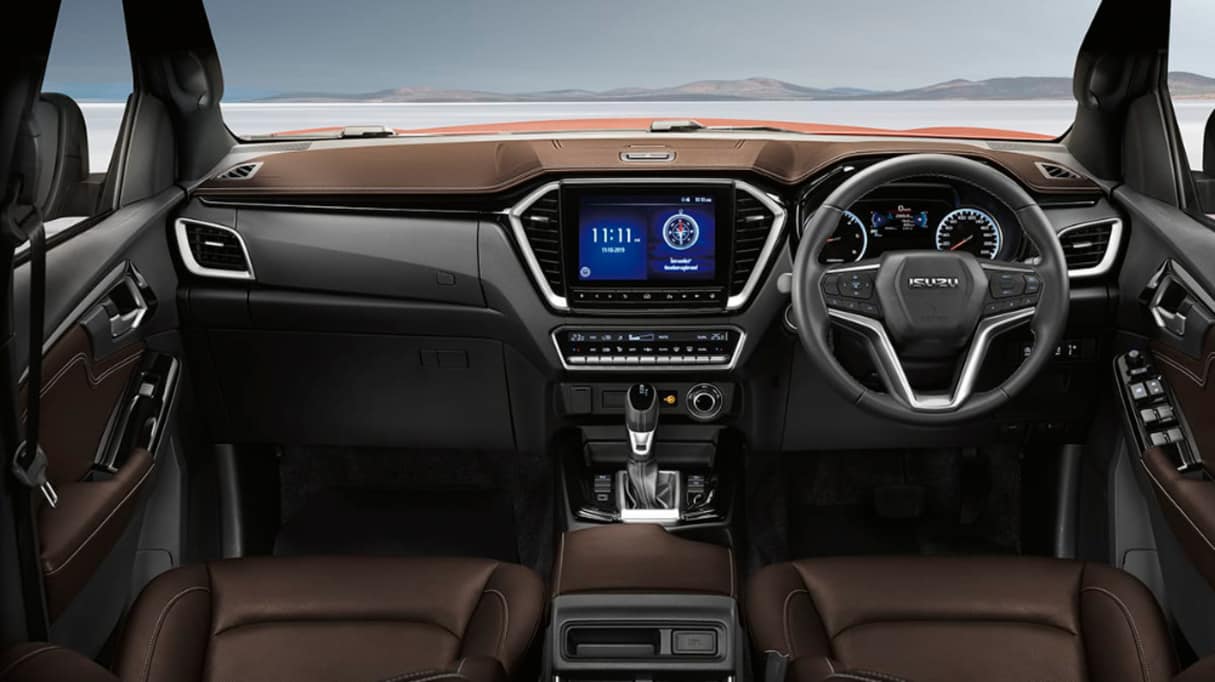
We’re still waiting on pricing and specification details for Australia, but a peek at the international models does reveal a major tech update in the cabin.
Chief among them is the addition of a 7.0-inch or 9.0-inch touch screen that’s both Apple CarPlay and Android Auto equipped, and that now takes pride of place in the centre of the dash.
While that’s something the Ford Ranger offers, the phone-mirroring tech is yet to appear in a Toyota HiLux (though the brand is working on it).
International cars also get keyless entry, push-button start, voice recognition, auto headlights, dual-zone climate and front and rear parking sensors, upping the tech factor considerably
2. Same engine, more power
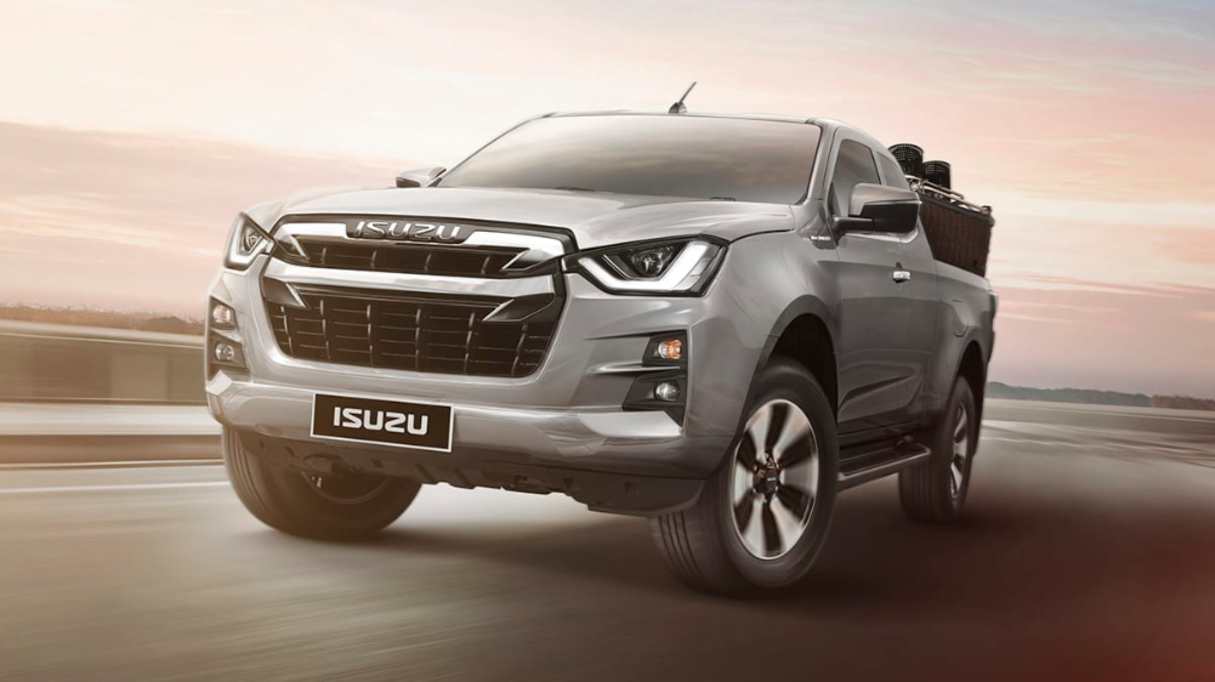
When reports of the new D-Max surfaced, there were fears Isuzu’s ute would lose its 3.0-litre diesel engine, with that tried and tested power plant expected to be lost in favour of the internationally available (and more efficient) 1.9-litre unit.
But it seems our fears were misguided, with the 4JJ1 instead revamped (and now coded 4JJ3) to produce more power and torque, with outputs now listed at 140kW at 3600rpm and 450Nm at 1600rpm. It's paired with a six-speed manual or six-speed automatic transmission.
There's also updated suspension, faster steering, bigger brake rotors and a wading depth increase to 800mm complete a fairly comprehensive mechanical update.
First, the ride, where “high-mounted front suspension” promises to help with comfort, while the rear suspension has been tuned for driving stability.
The steering has been made faster, with a smaller turning radius, and while the steering unit has been “revised” to require less effort, meaning it's not as heavy as it was.
The brake rotors are bigger, and Isuzu says a change to the brake servo helps with stopping performance and brake feel, while overall body rigidity has been increased by 20 per cent.
3. It should score a five-star ANCAP rating
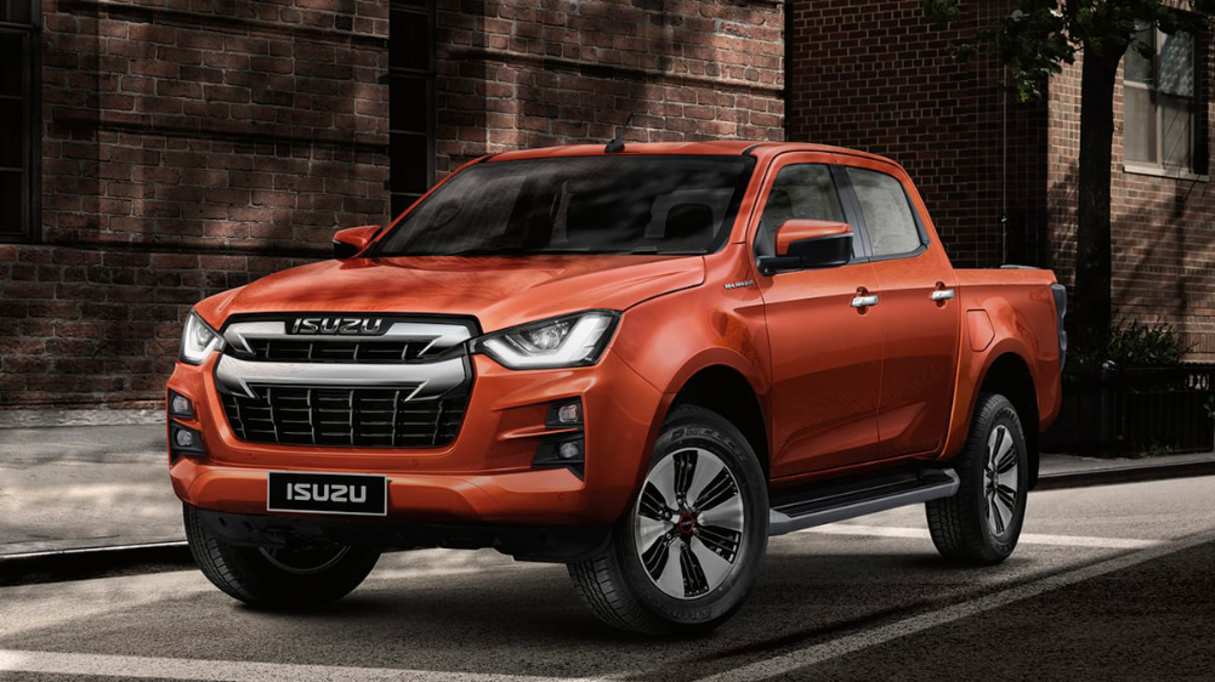
While the outgoing D-Max is hardly a leader on the safety front, the new version will do its best to change that.
For a start,round-body parking sensors join the standard kit list on top-spec models internationally, while blind-spot monitoring, rear cross-traffic alert, round-body parking sensors, hill start assist, hill descent control and six airbags all join the safety kit, too.
What's more, Australian vehicles are expected to be offered with AEB as standard - now a prerequisite for full crash-test marks - with sources confirming Isuzu in Australia is targeting a five-star ANCAP rating.
But there’s some clever passive stuff going on, too. The seat cushion material is now a “low-rebound MDI polyurethane”, which - in ways that remain mysterious to us - has been designed to minimise driver fatigue on longer trips.
4. There’s been a focus on polish and premium
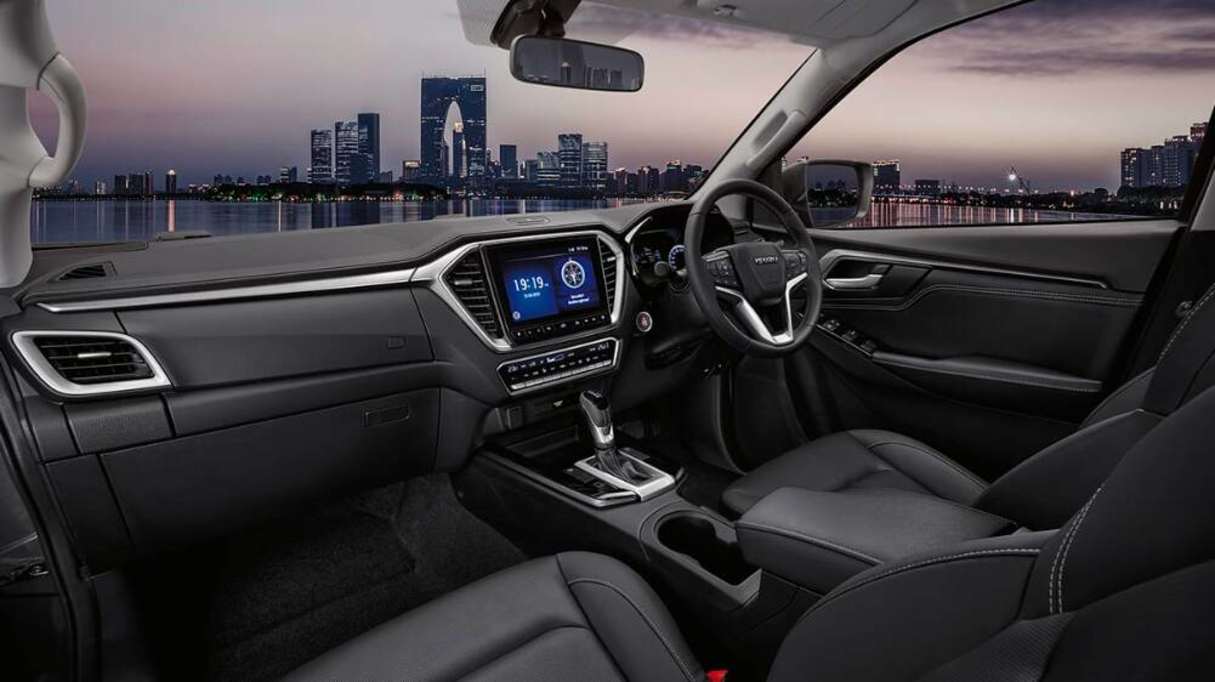
According to Isuzu, the new D-Max has been designed under a “beyond the pick-up truck” theme, with research suggesting customers (specifically those in Thailand) will be swapping out of passenger cars and station wagons.
With that in mind, then, the focus here has been on upping the polish in the cabin (well, in more expensive models at least). Which is why you’ll find a new touchscreen in the centre of the dash, and a second digital screen in the driver’s binnacle.
There are new materials at play, too - leather and piano-black finishing feature in the high-end models - as well as a newly designed cabin meant to ape the feel of a aircraft's cockpit.
5. It’s still properly tough
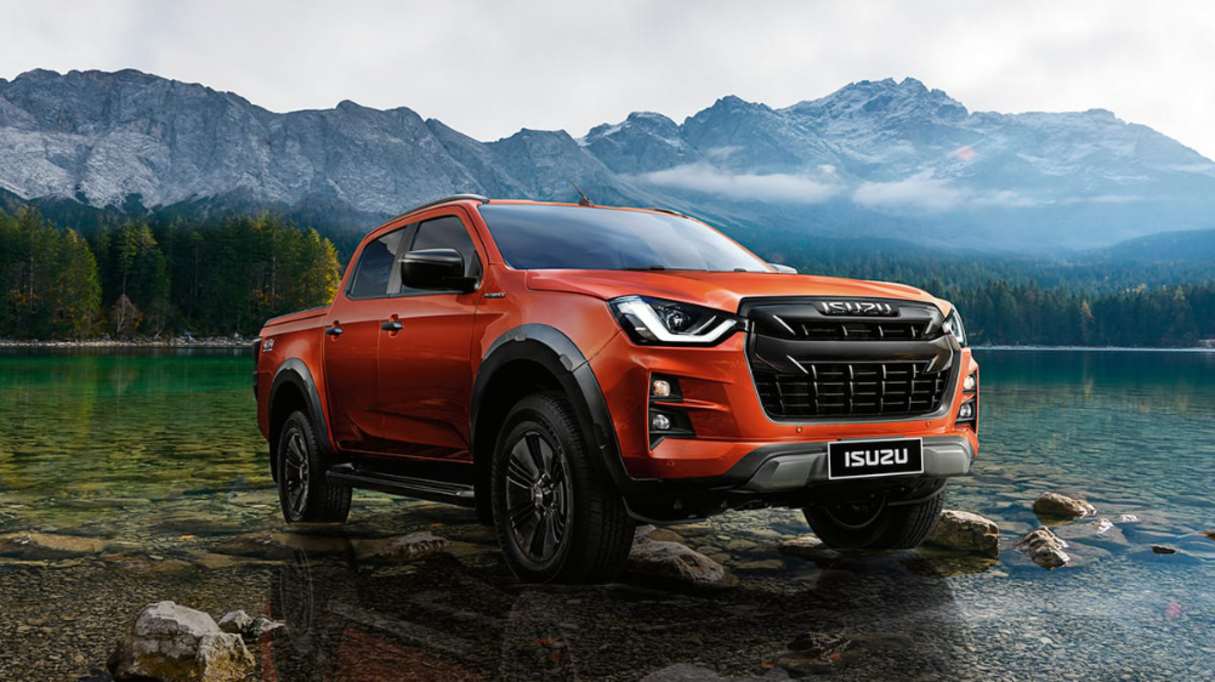
All those niceties would be for naught if the D-Max wasn’t able to get down and dirty when required, and so you can expect the numbers to at least match those of the vehicle that’s being replaced.
Preliminary specs have the crew cab models measuring in at 5265mm in length, 1870mm in width and 1790mm in height, and tipping the scales at 1890kg, and Isuzu is promising an increased wading depth of 800mm.
A change to the four-wheel-drive architecture sees a new aluminium propeller shaft to lower overall weight, and all 4WD models are fitted with a rear differential lock. The changes, says Isuzu, means a shorter transfer time between two- and four-wheel drive, as well as between low and high range.





.jpg)

.jpg)


_0.jpg)
 (1).jpg)

.jpg)
.jpg)


.jpg)
.jpg)
_0.jpg)


.jpg)


.jpg)


.jpg)
